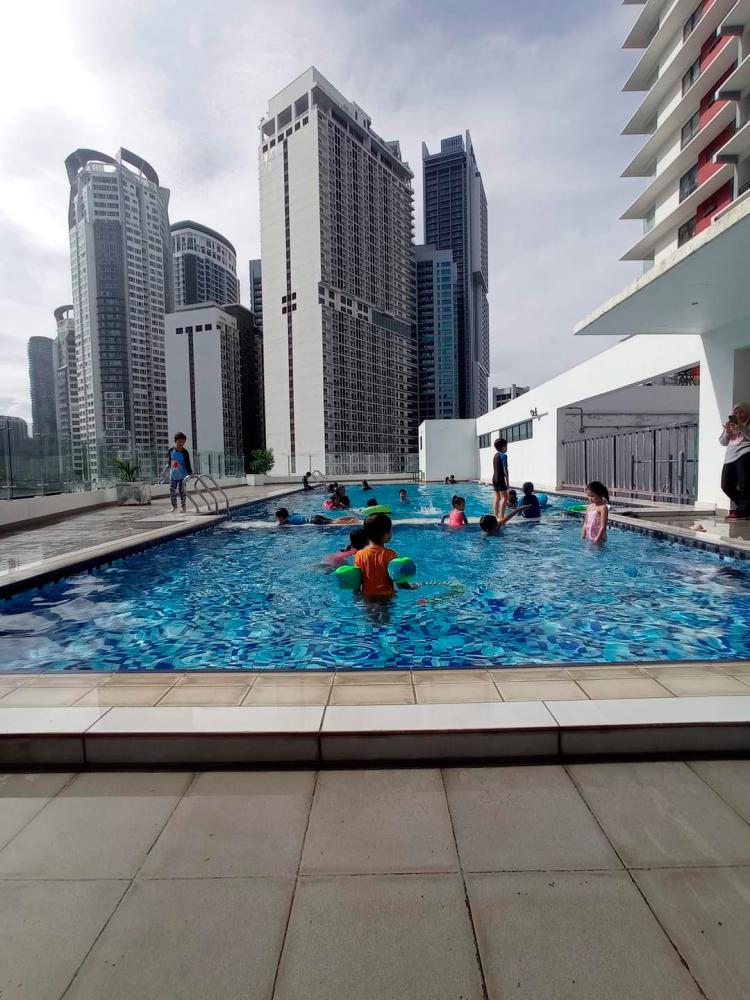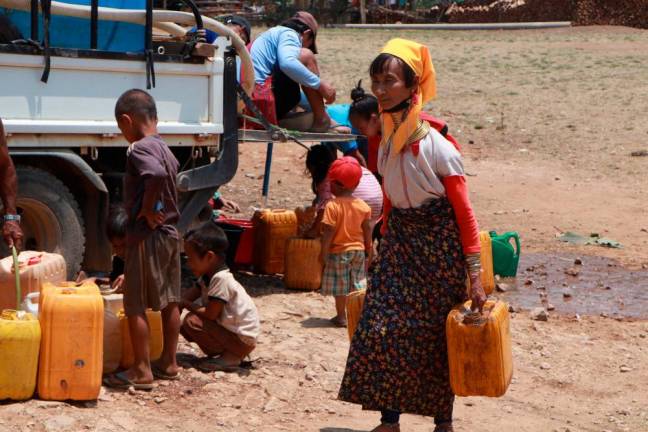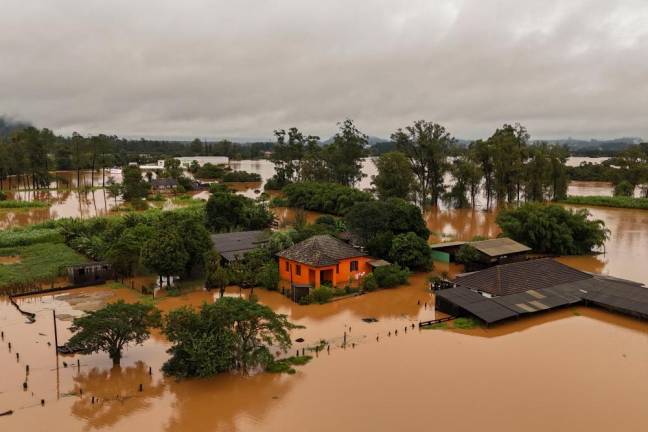PETALING JAYA: The lack of a law requiring the presence of lifeguards and lifesavers at apartment blocks, condominiums or hotels with swimming pools, and beaches where swimming is allowed, is putting swimmers in danger of drowning.
Life Saving Society Malaysia (LSSM) secretary-general Yam Kee Cheong, who said this, called on the authorities to immediately look into enacting laws that require their presence.
“Under the Occupational Safety and Health Act 1994 (OSHA 1994), it is necessary for all owners of swimming pools or beach areas where swimming is allowed to provide a safe environment for visitors.
“However, there is no law requiring such venues to hire lifeguards, and this puts swimmers or those wading in the water at risk of drowning.
“The Cabinet should look into this and have the appropriate ministry review OSHA 1994 and work on enacting suitable laws to overcome this.
“In the meantime, the management committees of such residential properties and the authorities in charge of public beaches must ensure safety precautions are taken to avoid drowning incidents,” he told theSun.
Yam was commenting on a spate of seven drowning cases at public beaches reported since April 14.
In the most recent incident, three sisters drowned on April 23 while swimming at the beach in Port Dickson when the sea there was rough and the water choppy.
theSun contacted the Fire and Rescue Department corporate information officer in Putrajaya to obtain data on the number of drowning cases recorded this year, but no information was received at press time.
Yam said each year, LSSM trains about 300 lifesavers, who are taught to provide first aid to drowning victims.
“During the Covid-19 pandemic, fewer people applied to train with us. But as of April this year, we have already certified over 100 trainees.
“LSSM also collaborates with many universities, such as Universiti Putra Malaysia, Universiti Malaysia Terengganu and Universiti Pendidikan Sultan Idris, so most of our trainees are students.
“To be qualified to work as a lifeguard, the trainee needs to have an LSSM bronze medal at the very least. They can only obtain this after attending the LSSM bronze medallion course,” he said.
Yam added that not many people apply to be lifeguards because of a lack of awareness concerning its career prospects.
However, those who do apply usually do not want to work at apartments or condominiums because they are often told to also clean the pool and do other work as well, which do not involve their job scope.
Yam stressed that there is a difference between learning how to swim and “survival swimming”, which helps save a person from drowning.
“A person can have years of swimming experience, but even then, one can drown. However, survival swimming teaches a person to take advantage of their surroundings to survive.”
Yam said to become a lifeguard, the most important criterion is to ensure that they remain fit at all times.
“Being physically fit and having high stamina is one of the main requirements to be a lifeguard, apart from having life-saving skills, having the awareness of health and safety procedures and the agility to act fast,” he said.
Yam reiterated that hiring lifeguards would prevent many cases of drowning from happening.
“The public generally lacks awareness and knowledge of what causes drowning in the first place.
“Most victims who drowned off beaches are not locals but visitors. This is because locals know when it is safe to enter the water but visitors don’t.”
Yam said the number of lifeguards that should be employed to cover beach areas or residential swimming pools depends on their length and size.
“While there is no specific number of lifeguards mandated to cover each kilometre of beach, for instance, we should consider the distance a lifeguard can realistically cover.
“If the swimming pool is large, and the lifeguard can only look after half of it, then we would suggest the management committee hire two or more of them,” he said.
Geh Thuan Tek, who is a board member of the International Life Saving Federation for Asia Pacific region, suggested that the flag system be practised at beach areas.
“The flag system is also known as a beach warning sign where flags are put up as a warning to swimmers. As an example, red and yellow flags indicate an area of the beach where a lifesaving service is operating.
“Other flags may indicate if the water is too rough to swim in. This is important because, although the weather on that particular day when the three sisters drowned may have seemed good, it doesn’t determine if the water is safe to swim in,“ he said.










